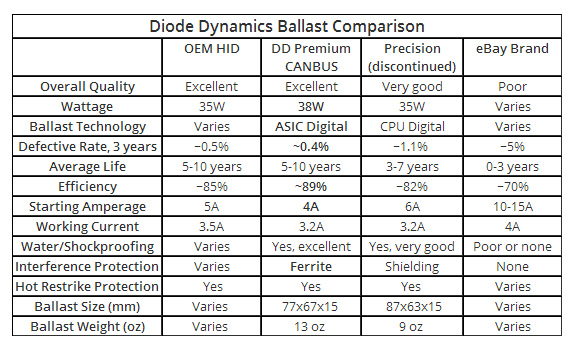Select Model
Chart is for a gallon of water weighting approx 8lbs per gallon. Water is not a typical tire fill. Methonal Alchol is a more common fill and weights 6.5lbs per gallon. Other fills like Calcium, Beat Juice, etc can be varying weights.
| TIRE SIZE | GALLONS OF WATER | ADDED WEIGHT (lbs.) PER TIRE |
|---|---|---|
| 4.00-12 | 2 | 17 |
| 4.00-15 | 2.5 | 21 |
| 4.00-19 | 3 | 25 |
| 5.00-15 | 3.5 | 29 |
| 5.50-16 | 5 | 42 |
| 6.00-12 | 4.5 | 37 |
| 6.00-14 | 5 | 41 |
| 6.00-16 | 6 | 50 |
| 6.50-16 | 7 | 58 |
| 7.50-10 | 6 | 50 |
| 7. | 8 | 66 |
| 7.50-16 | 9 | 75 |
| 7.50-18 | 10 | 83 |
| 7.50-20 | 11 | 92 |
| 9.00-10 | 9 | 75 |
| 9.5L-15 | 11 | 92 |
| 9.50-20 | 18 | 150 |
| 9.50-24 | 20 | 167 |
| 10.00-16 | 17 | 142 |
| 11.00-12 | 18 | 150 |
| 11L-15 | 13 | 108 |
| 11.00-16 | 23 | 192 |
| 11L-16 | 15 | 123 |
| 14L-16.1 | 27 | 225 |
| 16.5L-16.1 | 42 | 346 |
| 7.2-24 | 9 | 75 |
| 7.50-16 | 9 | 75 |
| 8.3-24 | 13 | 108 |
| 9.5-16 | 12 | 100 |
| 9.5-24 | 17 | 142 |
9. 5-36 5-36 | 25 | 209 |
| 9.5-42 | 29 | 242 |
| 10-16.5 | 12 | 97 |
| 11.2-24 | 24 | 200 |
| 11.2-28 | 27 | 225 |
| 11.2-34 | 33 | 275 |
| 11.2-36 | 35 | 292 |
| 11.2-38 | 36 | 300 |
| 12.4-16 | 21 | 175 |
| 12.4-24 | 30 | 250 |
| 12.4-28 | 35 | 292 |
| 12.4-36 | 44 | 367 |
| 12.4-38 | 46 | 384 |
| 12.4-42 | 51 | 425 |
| 13.6-24 | 38 | 317 |
| 13.6-26 | 40 | 334 |
| 13.6-28 | 43 | 359 |
| 13.6-38 | 57 | 475 |
| 14.9-24 | 47 | 392 |
| 14.9-26 | 48 | 400 |
14. 9-28
9-28 | 53 | 442 |
| 14.9-30 | 57 | 475 |
| 14.9-36 | 64 | 534 |
| 14.9-38 | 67 | 559 |
| 15.5-38 | 66 | 550 |
| 16.9-24 | 61 | 509 |
| 16.9-26 | 65 | 542 |
| 16.9-28 | 69 | 575 |
| 16.9-30 | 73 | 609 |
| 16.9-34 | 82 | 684 |
| 16.9-38 | 90 | 751 |
| 17.5L-24 | 55 | 459 |
| 18.4-16.1 | 49 | 409 |
| 18.4-24 | 75 | 626 |
| 18.4-26 | 79 | 659 |
| 18.4-28 | 84 | 701 |
| 18.4-30 | 89 | 742 |
| 18.4-34 | 100 | 834 |
| 18.4-38 | 110 | 917 |
| 19.5L-24 | 73 | 609 |
20.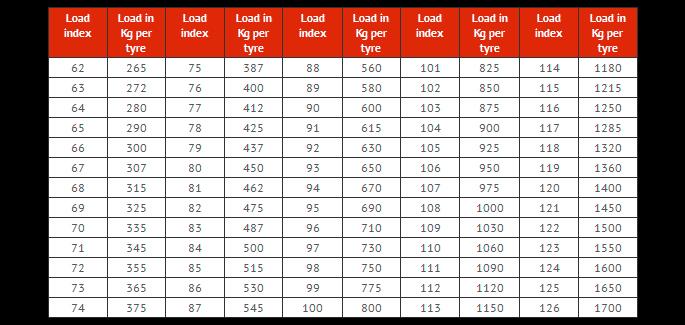 8-34 8-34 | 128 | 1068 |
| 20.8-38 | 140 | 1168 |
Messick's offers a full line of implements so y...
6We offer field and orchard sprayers from New Ho...
70Most compact tractor buyers are new to the equi...
14We feel strongly that Messick's and our vendors...
25Messick's is the first stop for experienced own...
65Helping you understand basic terminolgy, and th...
21Videos of our customers operating their equipme.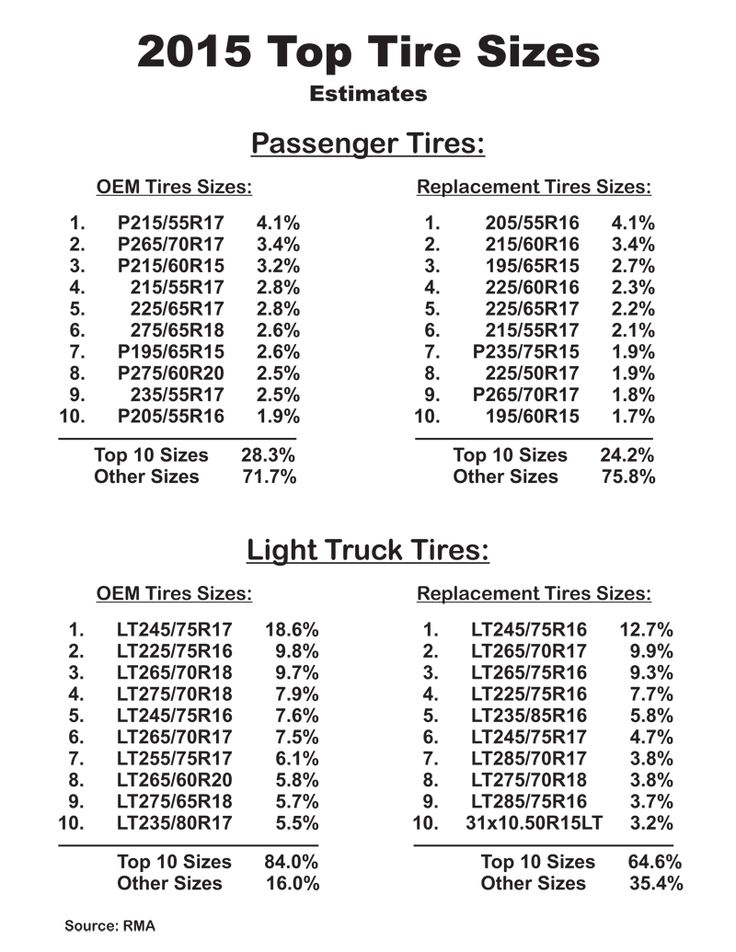 ..
..
Messick's offers a complete range of round bale...
39The right landscape equipment can turn a chore ...
8Our precision farming experts can help you sque...
5Knowing what to look for on a used piece of equ...
18We offer a line of heavy duty tractors for heav...
6If your just getting the mail, or hauling a hea...
Search the catalogs for specific equipment.
OR
[Find by Model]
Currently searching parts for:
None
Choose from your equipment:
None
View My Equipment | Search Without Model
| Andy's Tire Service "Our service goes a long way!" |
| Ballast Volume and Weight Volume and weight are calculated with the valve at its highest position and liquid filled to that level. Considerable heat is generated when mixing CaCl2 and water. Always add the CaCl2 to the water rather than water to the CaCl2.
|
| Tire Size |
| Water | 3 lb/gal CaCl2 | 5 lb/gal CaCl2 |
|
| Gallons | Pounds | Pounds | Pounds |
| 4. | 2 | 17 | 24 | 27 |
| 5.00-15 | 4 | 33 | 35 | 40 |
| 5.50-16 | 5 | 42 | 47 | 53 |
| 5.90-15 | 5 | 42 | 47 | 53 |
| 6. | 6 | 50 | 60 | 67 |
| 6.50-16 | 7 | 58 | 71 | 74 |
| 7.5L-15 | 8.5 | 71 | 82 | 93 |
| 9.5L-15 | 11 | 92 | 112 | 120 |
| 10. | 18 | 150 | 189 | 200 |
| 11L-15 | 14 | 117 | 142 | 147 |
| 12.5L-15 | 19 | 158 | 189 | 200 |
| 13.50-16.1 | 35 | 292 | 355 | 387 |
| 14L-16. | 28 | 233 | 284 | 307 |
| 16.5L-16.1 | 41 | 342 | 414 | 440 |
| 19L-16.1 | 55 | 459 | 556 | 600 |
| 21.5L-16.1 | 68 | 567 | 687 | 734 |
| 7. | 11 | 92 | 112 | 120 |
| 8.3-24 | 13 | 108 | 131 | 133 |
| 9.5-16 | 12 | 100 | 118 | 133 |
| 9.5-24 | 17 | 142 | 178 | 187 |
| 9.5-36 | 24 | 200 | 249 | 267 |
| 9. | 28 | 233 | 284 | 307 |
| 11.2-24 | 24 | 200 | 237 | 253 |
| 11.2-28 | 27 | 225 | 284 | 293 |
| 11.2-34 | 32 | 267 | 331 | 347 |
| 11. | 24 | 283 | 344 | 360 |
| 11.2-38 | 35 | 292 | 355 | 387 |
| 12.4-16 | 21 | 175 | 213 | 227 |
| 12.4-24 | 30 | 250 | 308 | 333 |
| 12. | 35 | 292 | 355 | 374 |
| 12.4-36 | 42 | 350 | 426 | 453 |
| 12.4-42 | 48 | 400 | 486 | 520 |
| 13.6-16.1 | 31 | 258 | 308 | 333 |
| 13.6-24 | 38 | 317 | 379 | 400 |
| 13. | 43 | 359 | 439 | 467 |
| 13.6-38 | 57 | 475 | 581 | 614 |
| 13.9-36 | 51 | 425 | 521 | 560 |
| 14.9-24 | 47 | 392 | 474 | 507 |
| 14.9-26 | 48 | 400 | 486 | 520 |
| 14. | 53 | 442 | 545 | 574 |
| 14.9-30 | 57 | 475 | 568 | 614 |
| 14.9-38 | 67 | 559 | 675 | 720 |
| 15.5-38 | 66 | 550 | 663 | 707 |
| 16.9-24 | 61 | 509 | 616 | 654 |
| 16. | 65 | 542 | 663 | 694 |
| 16.9-28 | 69 | 575 | 699 | 747 |
| 16.9-30 | 73 | 609 | 746 | 787 |
| 16.9-34 | 82 | 684 | 829 | 880 |
| 16.9-38 | 90 | 751 | 912 | 974 |
| 17. | 55 | 459 | 557 | 600 |
| 18.4-16.1 | 49 | 409 | 497 | 520 |
| 18.4-24 | 74 | 617 | 758 | 800 |
| 18.4-26 | 79 | 659 | 805 | 854 |
| 18.4-28 | 84 | 701 | 852 | 907 |
| 18. | 89 | 742 | 912 | 960 |
| 18.4-34 | 100 | 834 | 1007 | 1081 |
| 18.4-38 | 110 | 917 | 1113 | 1187 |
| 18.4-42 | 115 | 959 | 1160 | 1240 |
| 19.5L-24 | 69 | 575 | 710 | 747 |
| 20. | 128 | 1068 | 1291 | 1374 |
| 20.8-38 | 140 | 1168 | 1420 | 1521 |
| 20.8-42 | 148 | 1234 | 1503 | 1600 |
| 21L-24 | 87 | 725 | 876 | 934 |
| 23.1-26 | 128 | 1068 | 1291 | 1374 |
| 23. | 143 | 1193 | 1456 | 1547 |
| 23.1-34 | 159 | 1326 | 1610 | 1708 |
| 24.5-32 | 170 | 1418 | 1729 | 1841 |
| 28L-26 | 157 | 1309 | 1587 | 1694 |
| 30.5L-32 | 217 | 1809 | 2202 | 2347 |
| 35. | 313 | 2609 | 3172 | 3388 |
Tractor ballast
using the engine operating mode when the vehicle is moving in a low gear. Match and match the trailed implement to the tractor to get the best forward speed. Operation at speeds of 8 km/h (5 mph) or higher is best to ensure long life for major components. Too much ballast and excessive loads reduce life, waste fuel, and often reduce power output. nine0005 • The best traction occurs when the wheel slip is between nine and sixteen percent. • Remove ballast when lighter loads are not needed. • Pull lighter loads on your trailer at slightly faster speeds to get more work done and increase efficiency. Operating the tractor with too much weight can cause: A. Reduced horsepower available on trailed agricultural implements and then reduced field work done, B. Increased fuel used. C. Reduced tire life. D. Soil compaction. E. Too much force on the transmission, resulting in reduced transmission life and high operating costs. The most important item in the field is the amount of horsepower available at the hitch or drawbar. The power required to move a tractor that is too heavy will reduce the power available to tow the trailed implement. nine0005 IMPORTANT: The total weight of the tractor with all equipment and ballast weight must never exceed the maximum recommended operating weight. See "Maximum Operating Weights" on page 249 of this manual. Observe tire load capacity recommendations and any other legal restrictions. Tractor Weight Distribution The optimal static weight distribution for tractors with Mechanical Front Wheel Drive (MFD) is shown below. The number and type of front and rear fixed equipment to be used will affect the weight distribution on the front and rear tires. Add or remove ballast, as needed, to your fully equipped tractor to maintain the recommended static weight distribution. When the weight distribution is correct, add ballast if necessary to get the recommended value for wheel slip. IMPORTANT: Whenever the load condition of the tractor, the weight transmitted by the wheels of the front axle to the road must be at least 20 percent of the empty tractor. IMPORTANT: The total weight of the tractor with all equipment and ballast weight must never exceed the maximum recommended operating weight. See "Maximum Operating Weights" on page 249 of this manual. Observe tire load capacity recommendations and any other legal restrictions. See the following examples for recommended static weight distribution for your tractor. tractors with a two -wheel drive (2WD) Type of trailer gun %, front axis %, rear axle TOCAMENCE -TOCEN 25% 75% %, rear axle 40% 60% Mass distribution coefficients are based on the total weight of the fully equipped tractor in the front of the end) at the rear end and liquid ballast in the tires can be used to ballast your tractor. Local operating conditions will determine the amount of ballast required to maximize tractor operating efficiency and field performance. Ideal wheel slip, 9 - 16% Good ballast weight for your tractor is the weight needed to keep wheel slip between 9 and 16 percent. NOTE: Probe manufacturer/type may vary as shown in photo above. A. When actual ground speed sensor is installed (1) - See "Wheel slip indicator" on page 100 for more information. B. If actual ground speed sensor is not installed - For more information, see Wheel Slip Measurement on the next page. Do not add more weight than necessary to achieve the correct static weight distribution of the tractor and the correct amount of wheel slip. IMPORTANT: The total weight of the tractor with all equipment and ballast weight must never exceed the maximum recommended operating weight. See "Maximum Operating Weights" on page 249this guide. Observe tire load capacity recommendations and any other legal restrictions. NOTE: Probe manufacturer/type may vary as shown in photo above. A. If actual ground speed sensor is installed (1) - See "Wheel slip indicator" on page 100 for more information. B. If actual ground speed sensor is not installed - For more information For more information, see "Measuring wheel slip" on the next page. nine0005 Do not add more weight than necessary to achieve the correct static weight distribution of the tractor and the correct amount of wheel slip. IMPORTANT: The total weight of the tractor with all equipment and ballast weight must never exceed the maximum recommended operating weight. See "Maximum Operating Weights" on page 249 of this manual. Observe tire load capacity recommendations and any other legal restrictions. nine0005 Wheel slip measurement For tractors equipped with an actual ground speed sensor, see "Wheel slip indicator" on page 100 for instructions. STEP 1 Place a test mark on the side of the tractor rear wheel tire. nine0005 STEP 2 Operate tractor with implement in GROUND. STEP 3 While the tractor is moving, place a marker on the soil (on the outside of the width of the trailed implement) where the reference mark on the tire comes to the lowest point in relation to the soil. STEP 4 Continue along the path with the tractor and count ten wheel revolutions. Place a second marker on the soil (on the outside of the width of the trailer implement) at the point where the reference mark on the tire drops to the bottom of the soil for the TENTH time. nine0005 STEP 5 Raise the implement out of the ground. Move the tractor to a position where the rear tire is next to the first soil marker and place a new reference marker on the rear tire in line with the first soil marker. STEP 6 Operate the tractor, with implement RAISED, to travel from the first marker on the ground to the second marker on the ground. Count the number of wheel revolutions between these two markers on the ground. nine0005 Stage 7 Find the sliding percentage as follows: The number of rpm of the wheel with a hinged gun is raised 9-1/2 9000 10 8-1/2 15 8 9000 20 7-1/2 25 7 30,0005 CLASS INSTALLICA you will see a clear shape of the tire tread on the soil, which is an indication that there is no slip. Front end weights (if fitted) Front end weights can be attached to the tractor using the weight frame. Weights and a weight frame are available from your dealer. The cargo frame is equipped with weights, the number of which reaches up to 9, or up to 6. There is also a cargo with an earring. Each weight weighs 45 kg (100 pounds), the weight with the earring weighs 100 kg (220 pounds). Use front end weights when you need good steering control and front end stability, and when you want to get the best working efficiency and performance from your tractor. See Tractor Weight Distribution on page 159 for recommendations on ballasting procedures.this guide. IMPORTANT: The total weight of the tractor with all equipment and ballast weight must never exceed the maximum recommended operating weight. See "Maximum Operating Weights" on page 249 of this manual. Installing front end weights STEP 1 Park the tractor on hard, level ground, apply the parking brake and stop the engine. nine0005 STEP 2 If a clevis weight (2) is to be installed, fit the clevis weight and head pin with cotter pin (3). Make sure the stopper of this pin (A) is installed correctly in the top hole (B) of the head pin with cotter pin hole (3). STEP 3 Hang one weight (4) on the hook so that it is over the top ledge of the weight frame (1) towards the outer edge (as shown in the photo above). nine0005 STEP 4 Move the weight (4) towards the center of the frame (1), next to the weight with clevis (2) (if provided), or move until it is against the lug (D) located on the weight frame (1). The lower part of the weight (4) will lock behind the lug (E) located in the center of the weight frame (1). Repeat STEP 4 place the second weight on the outside of the clevis weight (2) or lug (D) on the weight frame. IMPORTANT: If the eyelet weight (2) is NOT to be installed, the minimum number of weights (4) that can be installed is TWO, one on each side of the lug (D) found on the weight frame (1). The protrusion on one weight (4) must fit into the cavity (C) present in the weight previously installed in STEP 4. STEP 6 Continue installing weights (4) evenly on each side until the required cargo set. The protrusion (F) on each weight will interconnect by inserting into the previously installed weight. nine0005 STEP 7 Install the mounting pin (5) inserted into the holes provided in the weight set and install the threaded plate (6). Make sure the threaded connections are fully seated in the plate and that the plate fits correctly into the recess made in the outer weight (4). Install washer (7) and nut (8) on opposite end of stud (5). STEP 8 If shorter studs (6) are used, install a stud on each side and use two plates (5) as shown. nine0005 STEP 9 If a small number of weights are to be installed, install and tighten the appropriate bolt through the weights into the threaded plate. Make sure the screwed plate fits into the recess provided in the weight. Rear Wheel Load Ballast Weights Rear Wheel Load Weights, depending on market, available from your dealer. Two types of weights can be attached to the wheels of the CX series tractor. There are HALF TYPE weights (consisting of two halves), weighing 34 kg (75 lbs) per pair, or SOLID TYPE, weighing 54.5 kg (120 lbs). They can attach to wheels up to 42 inches in diameter. nine0005 TWO BALLAST WEIGHT SOLID TYPE BALLAST WEIGHT Use wheel weights when the tractor is required to operate safely and efficiently. Do not add more weight to the rear wheels of your tractor than is required to achieve the correct static weight distribution of the tractor and the correct amount of wheel slip. Refer to Tractor Weight Distribution on page 159 for recommendations on ballasting procedures.this guide. IMPORTANT: Raise the rear wheels off the ground and rotate the wheels 180 degrees for each set weight, changing the position of each weight to get the correct balance alignment. A maximum of 3 weights per wheel can be used. These 3 weights can be mounted on the inside or outside of the wheels. IMPORTANT INFORMATION: Gr ties can only be attached on the inside or on the outside, not both. The inner weights must not extend over the cast axle housing. nine0005 IMPORTANT: Wheel weights CANNOT be used when dual wheels are fitted. Liquid weights can only be added to the inner wheel. In addition, weights can also be installed at the front end. IMPORTANT: The total weight of the tractor with all equipment and ballast weight must never exceed the maximum recommended operating weight. Liquid Tire Ballast Use Liquid Tire Ballast when tractor operation is required to be safe and efficient. See Tractor Weight Distribution on page 159 of this manual for recommendations. The table shows the liquid ballast that will be contained inside each tire when it is 75 percent full (the ballast is filled to the level of the tire valve) with water or a solution of calcium chloride with water. nine0005 Calcium chloride prevents water from freezing. Water starts to freeze at 0°C (32°F). When using liquid ballast, inflate tires 0.14 bar (2 psi) above recommended pressure. This will compensate for the aeration that occurs when the tire is in motion. When twin wheels are fitted, use liquid ballast on the inner wheels only. IMPORTANT: The total weight of the tractor with all equipment and ballast weight must never exceed the maximum recommended operating weight. The number of liquid ballast per tire is in liters and kilograms Size of tire only water 1 kg CAS1 2 905 9,000 1.6 kg CaCl 2 for 4.5 liters of water 2.3 kg CaCl ВЕС, кг ВОДЫ кг 11.2-24 91 91 83 103 76 107 72 115 12. 113 113 106 132 98 140 95 151 13.6-24 144 144 129 160 121 172 181 18.4-26 299 299 276 342 257 365 242 387 14. 182 182 163 205 154 216 900 900 145 232 14.9R30/14.9-30 189 189 163 205 154 216 145 232 16.9R30/16.9-30 277 277 9000 254 315 236 339 227 357 18. 336 336 309 384 290 414 272 436 9000 9000 9000 131 131 122 154 118 165 113 181 16.0062 376 250 402 18.4R34/18.4-34 378 378 344 427 322 456 306 490 12. 140 140 9000 122 154 118 165 113 181 13.6R36/13.6-36 182 182 163 205 154 216 145 232 9000 9000 13.6R38/13.6-38 213 213 195 244 186 264 172 280 1. 2. A solution containing 0.91 (2 lb) calcium chloride solution per 4.5 liters (1.2 US gal) of water will provide protection down to -8°C (+13°F) and will freeze at -31°C (-23°F). nine0005 3. A solution containing 1.59 (3.5 lbs) of calcium chloride per 4.5 liters (1.2 US gal) of water will provide protection down to -26°C (-12°F) and will freeze at -47°C (-52°F). 4. A solution containing 2.27 (5 lbs) of calcium chloride per 4.5 liters (1.2 US gal) of water will provide protection down to -47°C (-52°F) and will freeze at temperature -54°C (-62°F). 5. 4.5 liters (1.2 US gal) of water weighs 4.5 kg (10 lbs). nine0005 NOTE: DO NOT use radiator type antifreeze in tires. Filling procedure STEP 1 (mixing solution) Add the correct amount of calcium chloride to the correct amount of water, see the previous table to ensure the required degree of frost protection. WARNING: SLOWLY add calcium chloride to the water, stirring continuously. NEVER ADD WATER TO CALCIUM CHLORIDE. If this is done, a violent reaction will occur. With proper mixing, the temperature of the solution will rise. Allow the solution to cool before adding to the tire. For details of the procedure, contact your authorized dealer. nine0005 STAGE 2 Raise one side of the tractor and turn the wheel so that the tire valve is at the top, see illustration opposite. STEP 3 Remove the tire valve stem and attach the hand pump. STEP 4 Measure the amount of solution added to the tire and use the numbers in the previous tables to calculate the added weight. STEP 5 When sufficient weight has been added, remove pump, insert valve stem, inflate tire to correct pressure. nine0005 NOTE: When using liquid ballast, inflate tires 0.14 bar (2 psi) above recommended pressure. This will compensate for the aeration that occurs when the tire is in motion. When we buy a wheel assembly, there are no questions about what disk parameters to pay attention to. But when changing tires or choosing new wheels, you need to choose the right size. nine0005 If you select discs only by diameter and bolt pattern, then you can buy an unsuitable kit. It either won't work, or will cause serious problems in the future. So, a violation of the size of the disk and tires can provoke: deterioration in response to driver commands when maneuvering and turning; reduced sidewall stiffness; nine0005 tire deformation; decrease in wear resistance. To find out which disc is suitable for the selected set of tires, use the table:  Do not overload the tractor for towing very heavy loads.
Do not overload the tractor for towing very heavy loads. 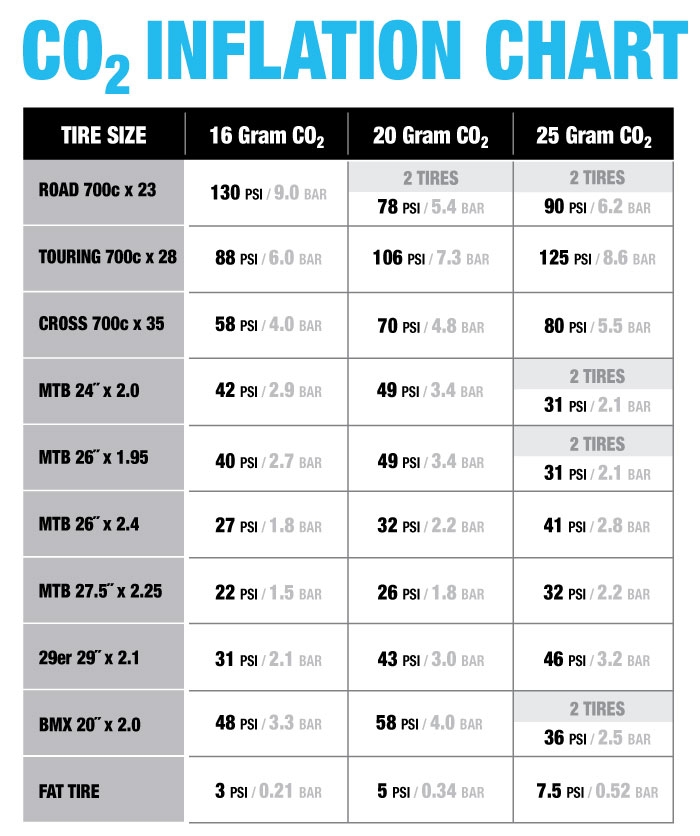 Proper static weight distribution and proper wheel slip will give maximum efficiency for traction, maximum productivity and long life for tractor components. nine0005
Proper static weight distribution and proper wheel slip will give maximum efficiency for traction, maximum productivity and long life for tractor components. nine0005 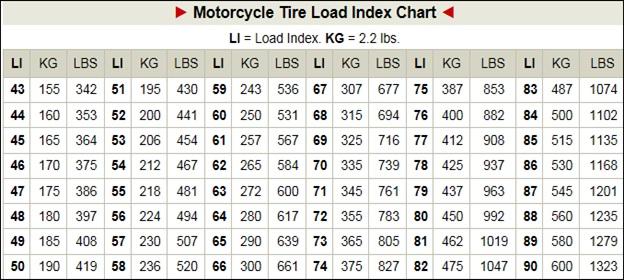 nine0005
nine0005
 Inadequate traction and excessive wheel slip can waste up to thirty percent of the tractor's horsepower. nine0005
Inadequate traction and excessive wheel slip can waste up to thirty percent of the tractor's horsepower. nine0005 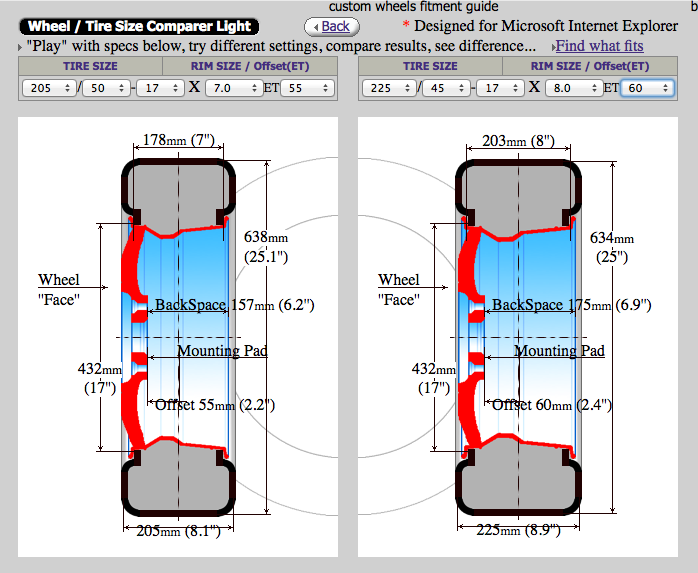
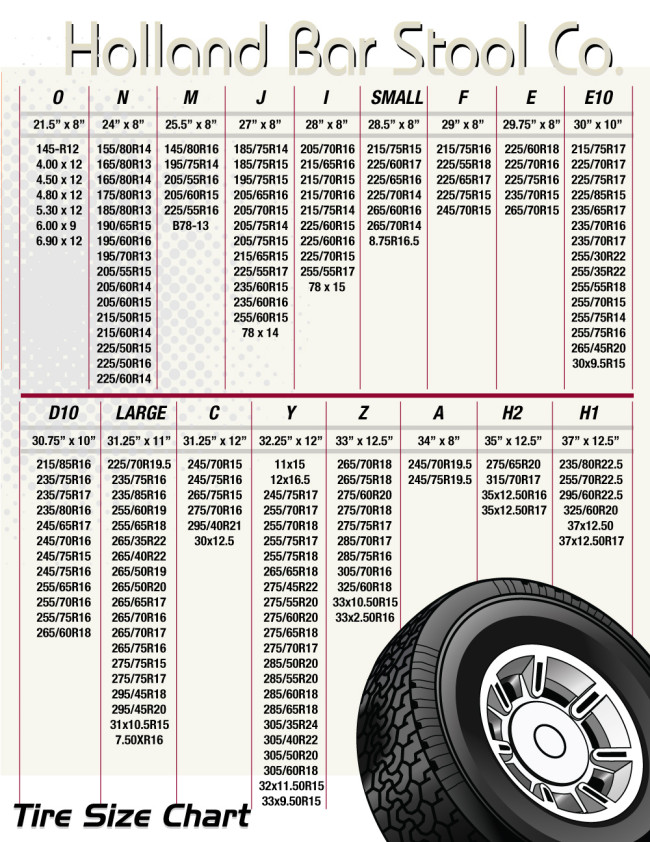 If your tractor is not equipped with an Actual Ground Speed Sensor, measure wheel slip as follows with the assistance of a second person:
If your tractor is not equipped with an Actual Ground Speed Sensor, measure wheel slip as follows with the assistance of a second person: 
9001 9000 9 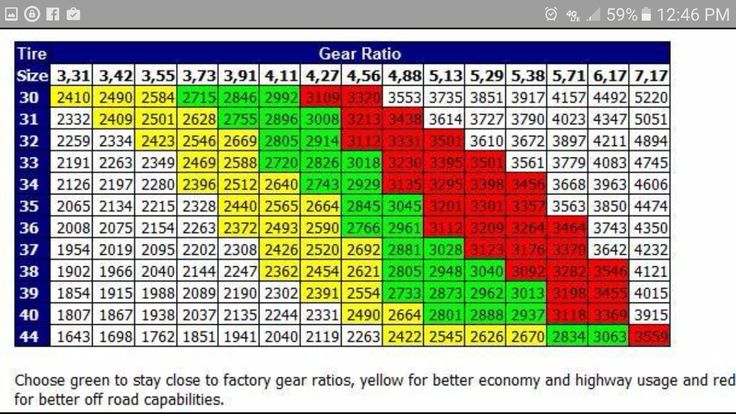 In the case of very little ballast, the tire tread marks will not be visible due to tire slip.
In the case of very little ballast, the tire tread marks will not be visible due to tire slip. 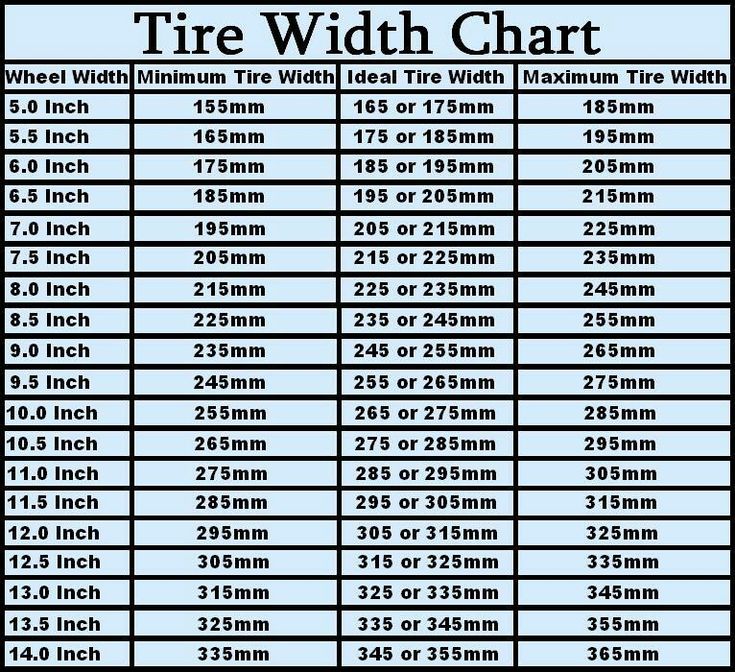 Follow the recommendations for tire capacity, as well as any other possible restrictions established by law.
Follow the recommendations for tire capacity, as well as any other possible restrictions established by law. 
 Tighten the nut.
Tighten the nut. 
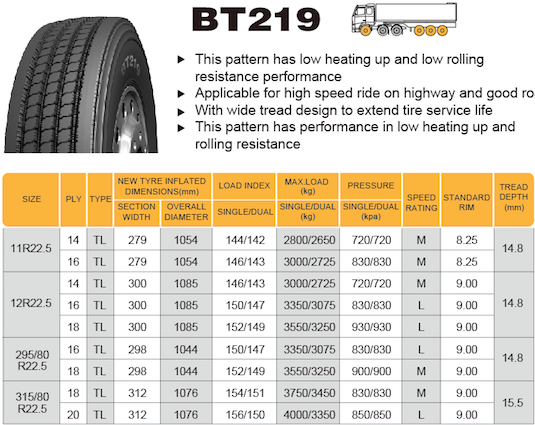 See "Maximum Operating Weights" on page 249this guide. Observe tire load capacity recommendations and any other legal restrictions.
See "Maximum Operating Weights" on page 249this guide. Observe tire load capacity recommendations and any other legal restrictions.  See "Maximum Operating Weights" on page 249this guide. Observe tire load capacity recommendations and any other legal restrictions.
See "Maximum Operating Weights" on page 249this guide. Observe tire load capacity recommendations and any other legal restrictions.
 4-24
4-24 0061 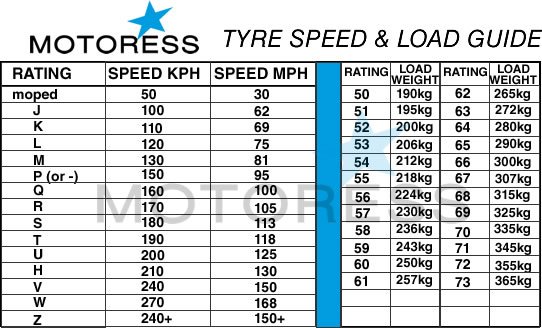 9r28/14.9-28
9r28/14.9-28 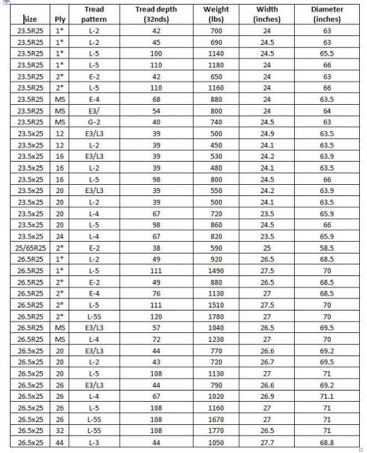 4R30/18.4-30
4R30/18.4-30 0062 12.4R32/12.4-32 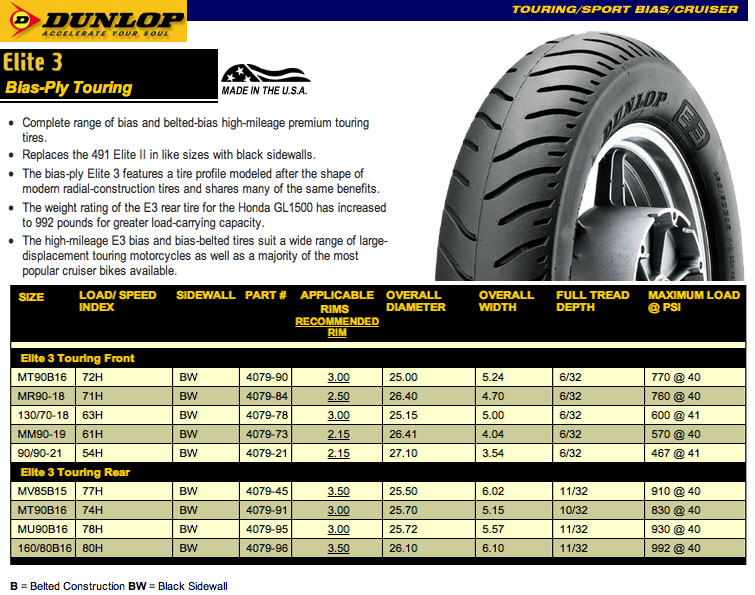 4-36
4-36 0061  Water will freeze at 0°C (32°F).
Water will freeze at 0°C (32°F). 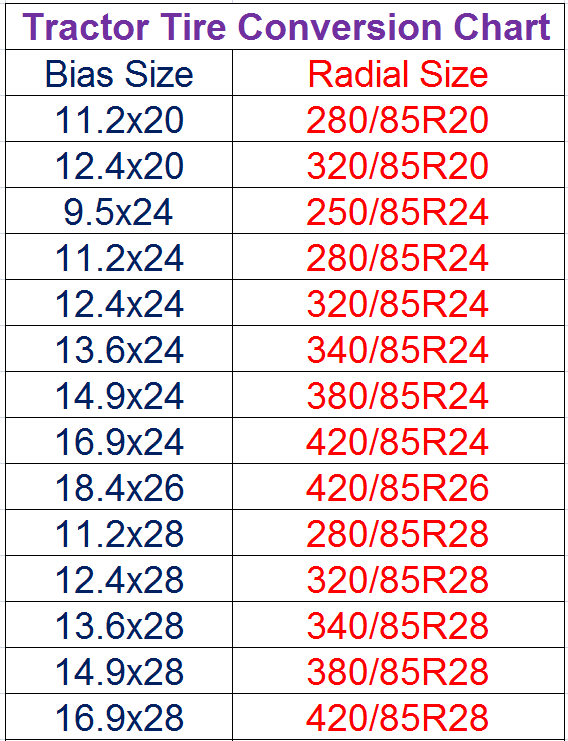
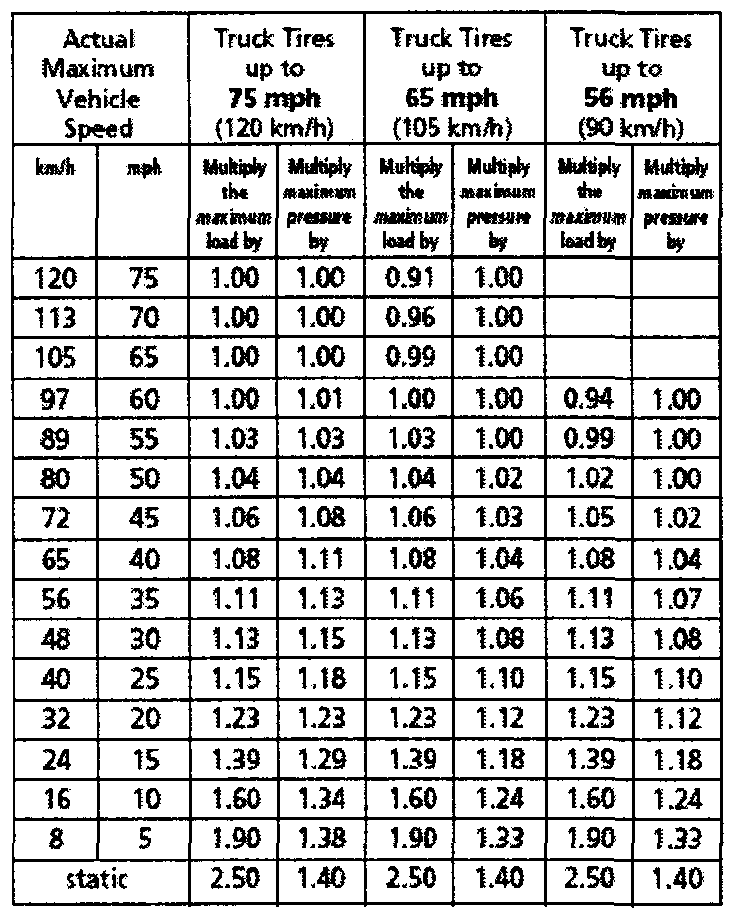
Tire and rim size chart
Tire height Tire size Disk size nine0073 Recommended Min. 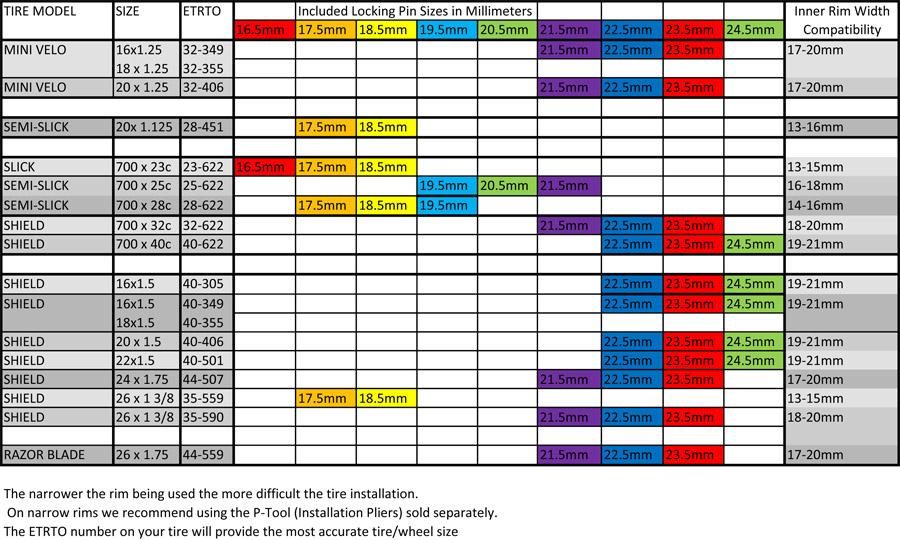
Max. Over 12" 82 125R12
135R12
145R12
155R12 3.5 nine0061 3.0
4.0
4.0
4.5
3.5
3.5
4.0 4.0
4.5
5.0
5.0 70 145/70R12
155/70R12 4.5
4.5 4.0
4.0 5.0
5.5 nine0064 Over 13" 82 145R13
155R13
165R13
175R13 4.0
4.5
4.5
5.0 3.5
4.0
4.0
4.5 5. 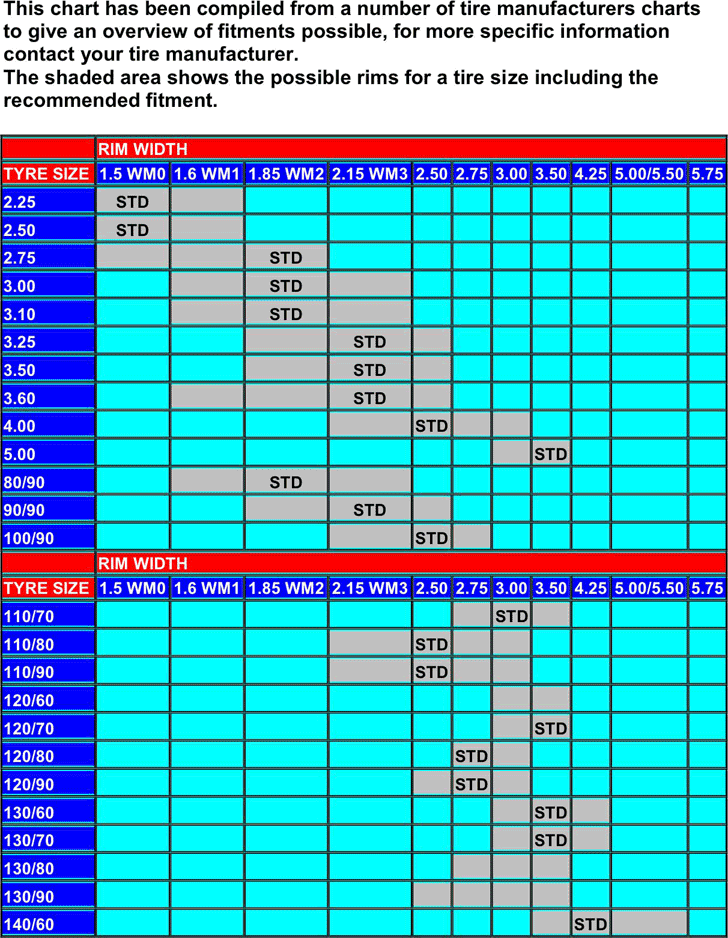 0
0
5.5
5.5
6.0 80 135/80R13
145/80R13
155/80R13
165/80R13 3.5
4.0
4.5
4.5 3.5
3.5
4.0
4.0 4.5
5.0
5.5
5.5 70 135/70R13
145/70R13
155/70R13
165/70R13
175/70R13
185/70R13
195/70R13 4.0
4.5
4.5
5.0
5.0
5.5
6.0 3.5
4.0
4.0
4.5
5.0
5.0
5.2 4.5
5.0
5.5
6.0
6.0
6.5
7.0 65 155/65R13
165/65R13
175/65R13 4.5
5.0
5.0 nine0064 4.0
4.5
5.0 5.5
6.0
6. 0
0 60 175/60R13
185/60R13
205/60R13 5.0
5.5
6.0 5.0 nine0061 6.0
5.5
5.5
6.5
7, 55 195/55R13 6.0 5.5 7.0 Over 14" 82 145R14
155R14 9109nine 165R14
175R14
185R14 4.0
4.5
4.5
5.0
5.5 3.5
4.0
4.0
4.5
4.5 5.0
5.0
5.5
6.0
6.0 80 nine0061 175/80R14
185/80R14 5.0
5.0 4.5
5. 0
0 5.5
6.0 70 165/70R14
175/70R14
185/70R14
195/70R14
205/70R14 5.0
5.0
5.5
6.0
6.0 4.5
5.0
5.0
5.5
5.5 6.0
6.0
6.5
7.0
7.5 65 155/65R14
165/65R14
175/65R14
185/65R14
nineteen5/65R14 4.5
5.0
5.0
5.5
6.0 4.0
4.5
5.0
5.0
5.5 5.5
6.0
6.0
6.5
7.0 60 165/60R14
175/60R14
185/60R14
195/60R14
205/60R14 5.0
5.0
5.5
6.0
6.0 4.5
5.0
5.0
5.5
5.5 6.  0
0
6.0
6.5
7.0
7.5 55 nine0064 185/55R14
205/55R14 6.0
6.5 5.0
5.5 6.5
7.5 Over 15" 82 125R15
135R15
145R15
155R15
165R15
185R15 3.5
4.0
4.0
4.5
4.5
5.5 3.0
3.5
3.5
4.0
4.0
4.5 4.0
4.5
5.0
5.0
5.5
6.0 80 185/80R15 5.5 4.5 6.0 70 175/70R15
195/70R15
235/70R15 5.  0
0
6.0
7.0 5.0
5.5
6.5 6.0
7.0
8.5 65 185/65R15
195/65R15
205/65R15
215/65R15
225/65R15 5.5
6.0
6.0
6.5
6.5 5.0
5.5
5.5
6.0
6.0 6.5
7.0
7.5
7.5
8.0 60 195/60R15
205/60R15
215/60R15
225/60R15 6.0
6.0
6.5
6.5 5.5
5.5
6.0
6.0 7.0
7.5
8.0
8.0 55 185/55R15
195/55R15
205/55R15
225/55R15 6.0
6.0
6.5
7.0 5.0
5.5
5.5
6.0 6.5
7.0
7.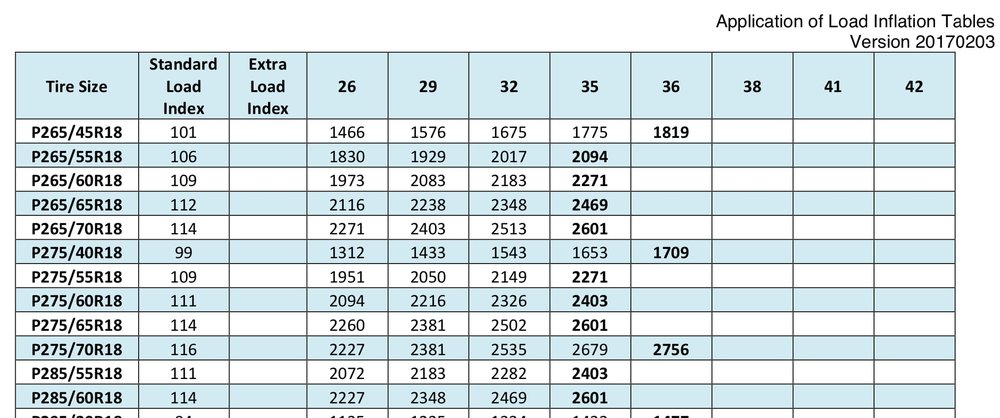 5
5
8.0 50 195/50R15
205/50R15
225/50R15 6.0
6.5
7.0 5.5
5.5
6.0 7.0
7.5
8.0 45 195/45R15 6.5 6.0 7.5 Over 16" 65 215/65R16 6.5 nine0064 5.5 7.5 60 225/60R16
235/60R16 6.5
7.0 6.0
6.5 8.0
8.5 55 205/55R16
225/55R16
245/55R16 6.5
7.0
7. 5
5 5.5
6.0
7.0 7.5
8.0
8.5 50 205/50R16 nine0061 6.5
225/50R16
235/50R16
255/50R16
7.0
7.5
8.0 5.5
6.0
6.5
7.0 7.5
8.0
8.5
9.0 45 195/45R16
205/45R16
225/45R16
245/45R16 6.5
7.0
7.5
8.0 6.0
6.5
7.0
7.5 7.5
7.5
8.5
9.0 40 215/40R16
225/40R16 7.5
8.0 7.0
7.5 8.5
9.0 Over 17" 55 225/55R17 7. 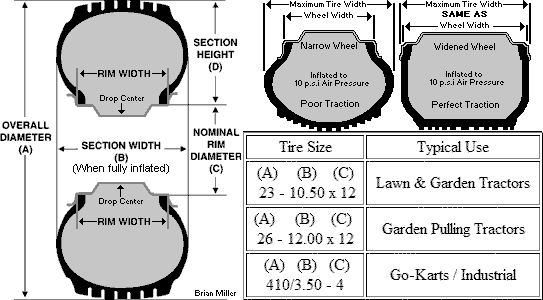 0
0 6.0 8.0 50 205/50R17 9109nine 215/50R17 6.5
7.0 5.5
6.0 7.5
7.5 45 215/45R17
225/45R17
235/45R17
245/45R17
255/45R17 7.0
7.5
8.0
8.0
8.5 7.0
7.0
7.5
7.5
8.0 8.5
8.5
9.0
9.0
9.5 40 215/40R17
235/40R17
245/40R17
255/40R17
265/40R17
275/40R17
285/40R17 7.5
8.5
8.5
9.0
9.5
9.5
10.0 7.0
8.0
8.0
8.5
9.0
9.0
8.5 8.5
9.5
9.5
10.0
10.5
11.0 9109nine 11.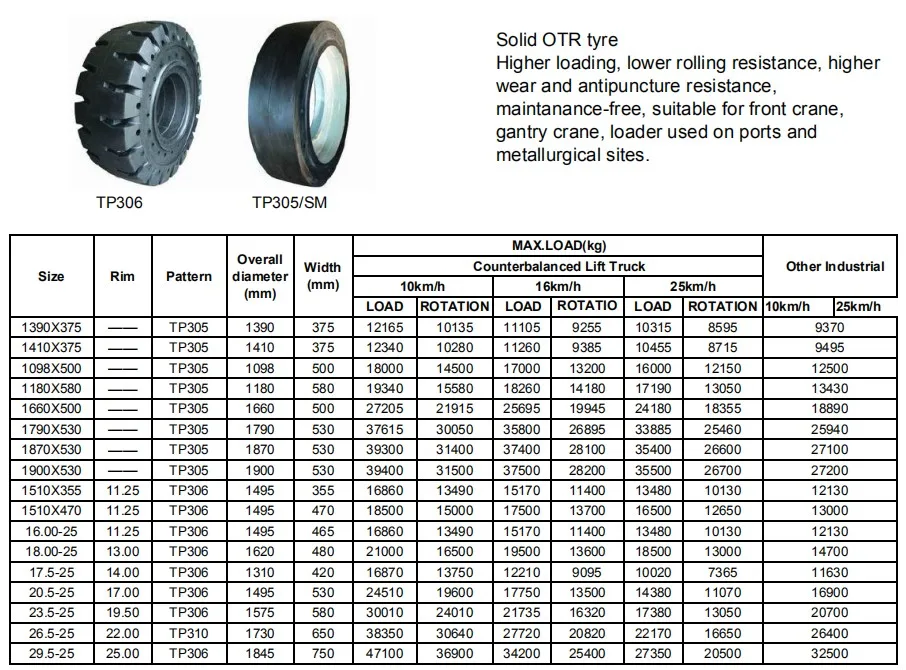 0
0 35 245/35R17
265/35R17
335/35R17 8.5
9.5
11.5 8.0
9.0
11.0 9.5
10.5
13.0 Over 18" nine0064 50 235/50R18 7.5 6.5 8.5 45 255/45R18 8.5 8.0 9.5 40 nine0064 225/40R18
235/40R18
245/40R18
265/40R18 8.0
8.0
8.5
9.5 7.5
7.5
8.0
9.0 9.0
9.0
9.5
10.5 35 nine0061 285/35R18
295/35R18 10. 